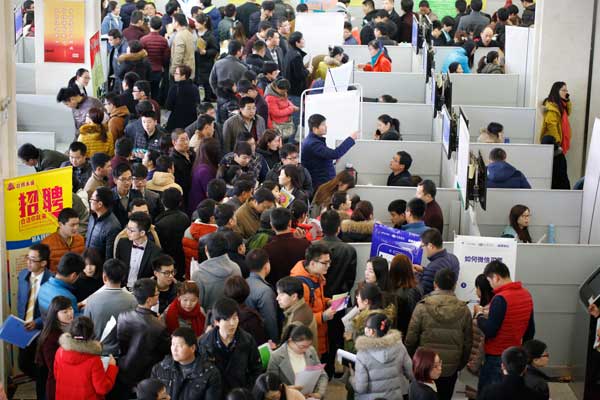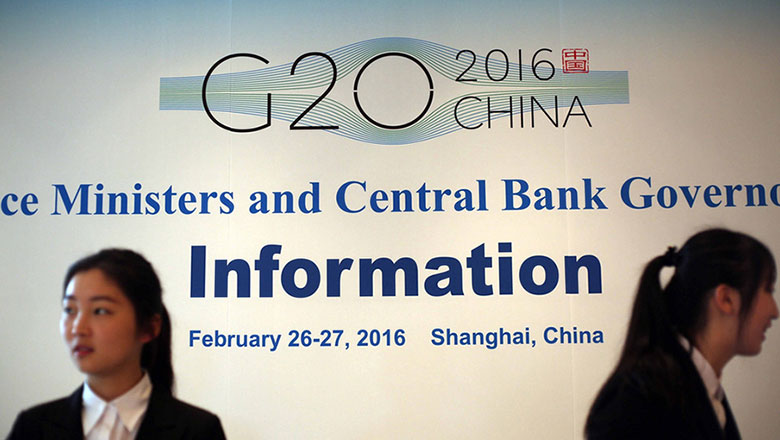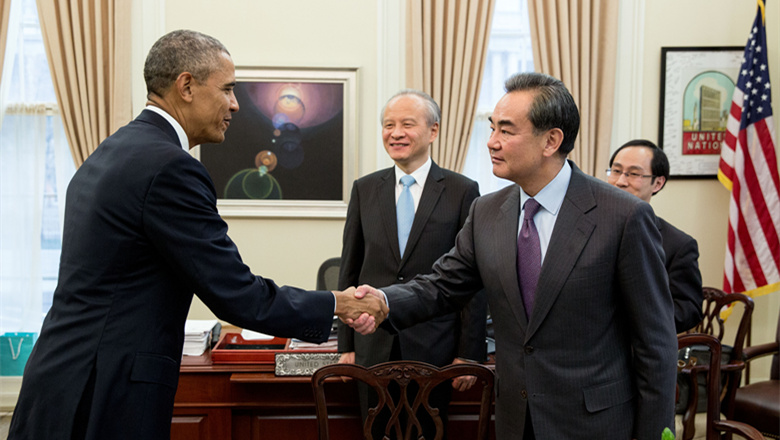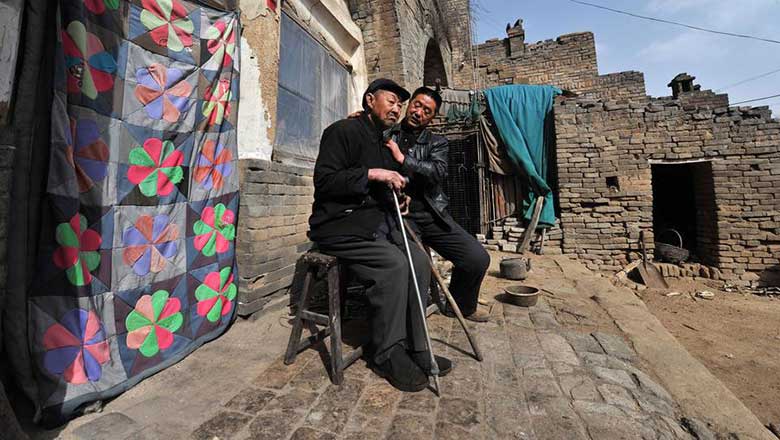10 reasons to be optimistic
Updated: 2016-02-27 01:12
(China Daily USA)
|
||||||||
 |
|
A job fair in Shandong province on Feb 18. Since the Chinese New Year the job market has been active. Zheng Peibo / for China Daily |
Here we examine 10 of the key strengths of the Chinese economy from its ability to rebalance and its highly educated workforce to the strength of its burgeoning private sector.
Growth
China's GDP growth of 6.9 percent in 2015 was one of the fastest of any major economy in the world. Although it was the slowest annual rate increase in 25 years, it was significantly greater than that of major European countries (Germany 2.1 percent, France 1.5 percent and the UK 1.9 percent) and the US' 1.8 percent.
The Chinese government is likely to set itself the goal in the upcoming Five-Year Plan (2016-20) to become a "moderately well-off society" and join the high-income club of nations by 2020, which will require at least 6.5 percent growth every year for the rest of the decade.
Rebalancing
While many still view China as the workshop of the world, producing inexpensive manufactured goods, it is a very outdated picture.
The economy has already significantly rebalanced, with services, high-tech industries and advanced manufacturing becoming new engines of growth.
Services now account for 51 percent of GDP, compared with 44 percent in 2011, and they grew at 8.3 percent last year.
The growth of services is also a key to boosting consumption, another vital aspect of rebalancing the economy. Per capita disposable income of Chinese grew 7.4 percent last year.
Workforce
The fast emerging highly skilled quality of China's workforce is one of the real strengths of the economy.
While the typical Chinese worker is often perceived to toil in a sweatshop, the fact is that China, has some 100 million college graduates, an increasingly large number of those educated at top universities around the world, and is on target to have 300 million by 2030.
There is also a huge emphasis on vocational training, with Germany seen as a role model.
The government wants to increase the number of vocational places from the current 29.34 million students by a third to around 38.3 million by 2020.
Infrastructure
Sometimes accused of building roads to nowhere, China in fact has some of the most advanced infrastructure in the world.
China invested some 800 billion yuan ($123 billion) in its railways in 2015 and now has 19,000 km of high-speed rail, more than any other country. The Chinese government is likely to step up infrastructure spending this year believing that modern transport networks will underpin growth.
Foreign reserves
One of the key strengths of the Chinese economy is its financial firepower. It had $3.3 trillion of foreign exchange reserves by the end of December, the largest arsenal of any country.
Chinese financial authorities were able to deploy these reserves when the yuan came under pressure after an adjustment to the exchange rate mechanism last year.
Although there have been concerns about their recent depletion — down $513 billion in 2015 — they remain a substantial war chest and insurance policy to cope with most contingencies.
Private sector
China's private sector is growing fast. The sector is now one of the most vibrant in the world and makes up some 60 percent of GDP. Revenues of the non-state sector in the economy have risen 18 fold since 2000, according to the National Bureau of Statistics.
Some of China's private sector activity remains under the radar, but Chinese companies going out and making acquisitions in Europe and the US could soon become one of the biggest global trends.
Startups
China has the highest number of startup businesses in the world.
According to research by accountants UHY Hacker Young, the number of new businesses launched in 2014 was 1.6 million, 98 percent more than in 2010. The growth in startup businesses in the US in the same year was just 11 percent.
Chinese Vice-President Li Yuanchao said in Davos, Switzerland, that there were now 2,300 entrepreneurial spaces and 2,500 incubators for startups across China, and these facilities were growing by 20 percent a year.
The government launched a $6.5 billion venture capital fund for emerging industry start-ups last year.
Inflation
The rate of inflation, particularly that of food prices and specifically pork (a key element of most Chinese diets) has traditionally been a key indicator of the health of the economy.
Although China's consumer price index rose for a third consecutive month in January, the rise of 1.8 percent year-on-year, up from 1.6 percent in December, was a far cry from levels seen before the financial crisis.
When inflation hit an 11-year high of 8.7 percent in February 2008, its effects were severe on household budgets.
Employment
One of the traditional fears about a slowing economy was its potential impact on employment.
There no longer appears to be a direct correlation between growth and jobs, largely because of demographics and China's declining workforce.
The national unemployment rate was just 4.99 percent in January, one of the lowest levels among leading economies. There were 13.12 million new jobs created for urban residents in 2015, exceeding the government's target.
Belt and Road Initiative
China's Belt and Road Initiative, set out by Chinese President Xi Jinping in 2013, remains one of the government's key strategies.
Through the initiative the government hopes to foster trade between the largely landlocked central and west of China with central Asia and Europe. The New Silk Road Economic Belt could lead to a much bigger commercial relationship between China and the EU.
The initiative also includes developing a Maritime Silk Road connecting China with Southeast Asian and South Asian countries and Africa.
- Venezuela, Qatar, Saudi Arabia, Russia to meet to stabilize oil market
- Gunman kills up to four in Kansas shooting spree
- Apple fights back in court, refusing to hack into iPhone for FBI
- Chinese may pursue Paramount stake
- S. Korea, US to launch working group on THAAD
- All bodies of plane crash victims recovered in Nepal

 Things you should know about the 2016 G20 meeting
Things you should know about the 2016 G20 meeting
 Walk down memory lane: Rural China in 1980s
Walk down memory lane: Rural China in 1980s
 A woman's artistic life
A woman's artistic life
 Milan fashion week opens with eclectic, embellished looks
Milan fashion week opens with eclectic, embellished looks
 Plastic-shirted Afghan boy gets signed jersey from Messi
Plastic-shirted Afghan boy gets signed jersey from Messi
 Adele steals the show at 2016 BRIT Awards
Adele steals the show at 2016 BRIT Awards
 US President Obama meets with Foreign Minister Wang Yi
US President Obama meets with Foreign Minister Wang Yi
 Elders, children cope alone in village after Spring Festival reunion
Elders, children cope alone in village after Spring Festival reunion
Most Viewed
Editor's Picks

|

|

|

|

|

|
Today's Top News
What ends Jeb Bush's White House hopes
Investigation for Nicolas's campaign
Will US-ASEAN meeting be good for region?
Accentuate the positive in Sino-US relations
Dangerous games on peninsula will have no winner
National Art Museum showing 400 puppets in new exhibition
Finest Chinese porcelains expected to fetch over $28 million
Monkey portraits by Chinese ink painting masters
US Weekly

|

|







